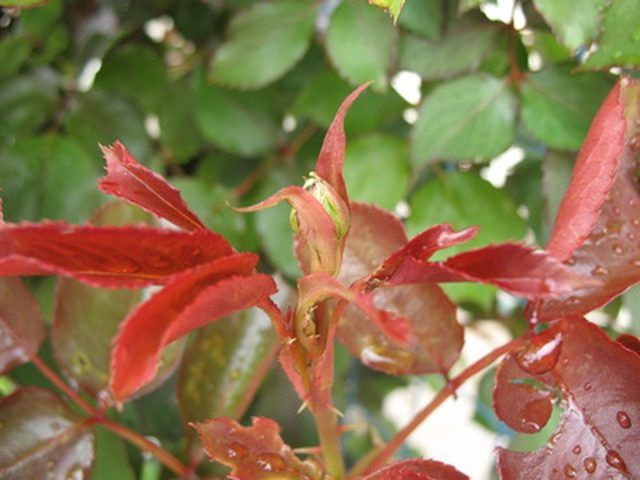Bulbs
Flower Basics
Flower Beds & Specialty Gardens
Flower Garden
Garden Furniture
Garden Gnomes
Garden Seeds
Garden Sheds
Garden Statues
Garden Tools & Supplies
Gardening Basics
Green & Organic
Groundcovers & Vines
Growing Annuals
Growing Basil
Growing Beans
Growing Berries
Growing Blueberries
Growing Cactus
Growing Corn
Growing Cotton
Growing Edibles
Growing Flowers
Growing Garlic
Growing Grapes
Growing Grass
Growing Herbs
Growing Jasmine
Growing Mint
Growing Mushrooms
Orchids
Growing Peanuts
Growing Perennials
Growing Plants
Growing Rosemary
Growing Roses
Growing Strawberries
Growing Sunflowers
Growing Thyme
Growing Tomatoes
Growing Tulips
Growing Vegetables
Herb Basics
Herb Garden
Indoor Growing
Landscaping Basics
Landscaping Patios
Landscaping Plants
Landscaping Shrubs
Landscaping Trees
Landscaping Walks & Pathways
Lawn Basics
Lawn Maintenance
Lawn Mowers
Lawn Ornaments
Lawn Planting
Lawn Tools
Outdoor Growing
Overall Landscape Planning
Pests, Weeds & Problems
Plant Basics
Rock Garden
Rose Garden
Shrubs
Soil
Specialty Gardens
Trees
Vegetable Garden
Yard Maintenance
Why Rose Bush Leaves Turn Red
Why Rose Bush Leaves Turn Red. Rose leaves often begin their life with a red tint, become green as the year progresses, and may then turn red again as fall approaches. Occasionally, they take on a reddish hue at unexpected times.

Rose leaves often begin their life with a red tint, become green as the year progresses, and may then turn red again as fall approaches. Occasionally, they take on a reddish hue at unexpected times.
Anthocyanin Coloring
Anthocyanins are natural pigments found in many plants, including roses. Over 300 different versions are known, and they produce the purple and red colors in rose leaves, petals and hips. Anthocyanins are particularly prominent in new leaves in spring, causing them to be deep red or bronze colored. It is believed this gives the new leaves protection from UV rays.
Rose Rosette Disease
Reddening of the leaves may be produced by a viral disease known as rose rosette disease. This may cause leaves to turn red or dark purple, new shoots to be long and deformed, and leaves and clusters of branching stems to become deformed. There is no cure.
Winter Redness
Rose leaves are green in summer because the main coloring chemical is chlorophyll, needed for photosynthesis. In winter there is less sunshine so less need for chlorophyll. As the chlorophyll disappears, the red anthocyanins once again become the main pigment on view.